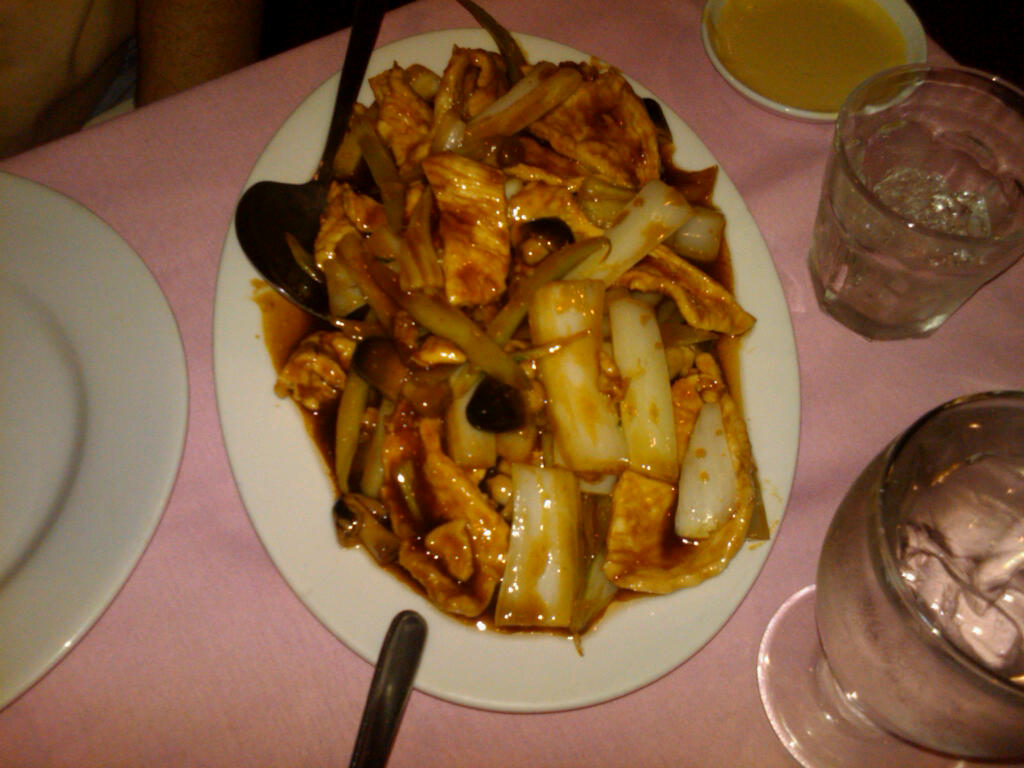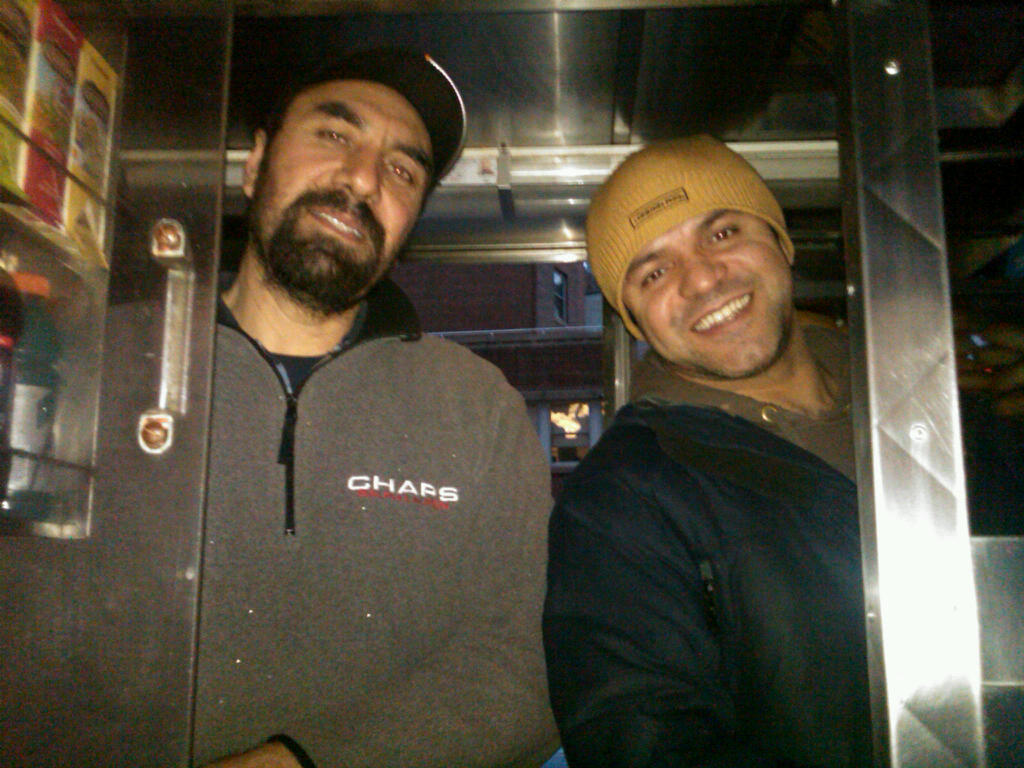(Updated March 2022)
Who doesn’t love free dumplings?
While dining at Buddakan a while back, I ordered the Cantonese spring rolls appetizer and mischievously asked the waiter if I could possibly try one Szechuan pork dumpling…just because I couldn’t decide between the two dishes. He winked conspiratorially at me (which I took as a hopeful yes) and went off to the kitchen.
When the food runner came to the table with my spring rolls and my companion’s tuna tartare, I was a bit disappointed. Did I misconstrue the wink?
But then…the waiter himself appeared at my side, bearing – not one – but an entire plate full of pork dumplings. As he set them in the center of the table, he said: “Enjoy these with my compliments. I know you will want more than one when you taste them.” (side note: he was right)
Now…if you own a restaurant, hotel, or even retail shop, did that story make you cringe? Were you thinking, “Damn. If my staff gave away free stuff to every customer who asked for it, I’d go out of business tomorrow.”
But would you? Let’s do the math.
Buddakan lost out on the $10 or $12 it would have earned from me for the dumplings. But, on the flip side:
- I ordered an extra glass of champagne, which I wouldn’t have, sans dumplings ($18)
- The following week, I told a friend that story and she went there two weeks later with 6 friends ($200 at the bar…$500 at the table)
- A month later, I took an out-of-town guest to Buddakan because I had told her the story and she wanted to try it ($175)
So that $10 or $12 expense turned out to be an investment that earned the restaurant nearly $1,000…and that’s just the ROI I know about. Who knows how many people this positive incident actually drew into Buddakan? When you pay it forward like that, it’s impossible to trace the exponential positive effect on your bottom line.
And there lies the problem the hospitality industry has faced for the past few years.
The pandemic has forced us all to become obsessed with spreadsheets, numbers, and tangible-only spending. If the ROI can’t be traced, tracked, maximized, or guaranteed, we’re not spending that precious dollar. We’ve had to cut staff, cut hours, cut amenities, cut benefits, even close our doors temporarily…all for the sake of making those spreadsheets jive and surviving a brutal phase in the hospitality industry’s life cycle. And guess what inadvertently disappeared with all those cuts? Much of the love, fun, warmth, and graciousness that puts the “hospitable” in hospitality. We can’t translate them into tangible revenue streams on our spreadsheets and so…they simply don’t get factored into our decisions.
Well, friends…it’s time to bring them back. People are tired of hearing “no,” and businesses that de-commoditize their experience with fresh infusions of positivity will attract guests with enviable magnetism. And in this age of social media…when word of mouth is more powerful than ever…creating a pool of evangelists is never a bad thing.
Be inspired by the dumpling incident. Regain your faith in the power of goodwill and invest in finding ways to make your customers feel loved. And if your CFO balks at any modest investments you may make, just add a new line item to your revenue spreadsheet:
The Dumpling Effect: Priceless.
 get travel marketing tips
get travel marketing tips 







